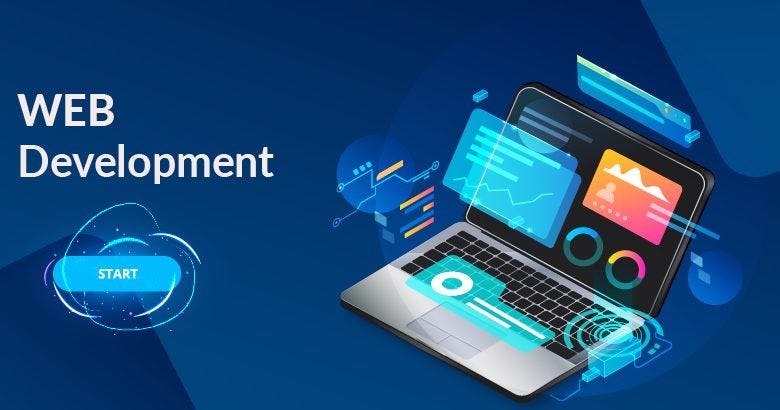The Evolution and Necessities of Website Development
The Evolution and Necessities of Website Development
Blog Article
In this digital age, a website serves as the front-door to every business or personal venture. It's the gateway through which potential customers or visitors form their first impressions, gather data, and connect in conversation with brands or services. Therefore, the process of developing a website isn't only about creating a digital presence creating an engaging user experience that is effective and enjoyable. Let's take a look at the complicated process of developing a website, studying its primary components and the process involved in bringing an idea of digital design to life.
The development process for a website starts with careful preparation and planning. The understanding of the goals for the site's purpose, audience as well as desired functions is essential in laying a solid base. This is the first step in setting the trajectory for the entire developing process, providing guidance on aesthetics of design as well as the structure of navigation and arranging content. Through aligning these aspects with broad goals, the developers will assure that their final design is appealing to its viewers.
User encounter (UX) design is a key element when it comes to developing websites. It focuses on optimizing the journey of visitors as they navigate through the site. From easy navigation menus to eye-catching visuals and seamless interactions, everything is carefully designed and crafted to enhance the user experience and encourage engagement. UX designers employ wireframing and prototyping techniques to create and further refine the user interface. They iterate using feedback and usability test results to deliver an immersive and user-centric experience.
When the design has been accepted Developers shift their focus on the technical aspects involved in Website Development. This involves writing code - the programming language used on the internet to bring the concept to reality. From HTML to structure content to CSS for styling, and JavaScript for interactivity, developers use a range of technologies and tools to turn visual ideas into practical websites. Prioritizing performance and accessibility throughout this process, ensuring that your website isn't just visually pleasing, but responsive and quick-loading across a variety of platforms. To find additional details please see post
The growth of web development has been shaped by technological advancements and shifting consumer demands. The proliferation of mobile devices have forced the use of adaptive design principles. This has led developers to put a premium on versatility and efficiency across various platforms. Furthermore, the advent of artificial intelligence (AI) as well as machine-learning have enabled designers to create personalized and predictive experiences using data to tailor content and recommendations to each user's needs.
The ever-changing world of website development, staying abreast of emerging technologies and emerging trends is vital. From responsive design to mobile optimization, to the latest websites as well as voice interfaces, advances constantly alter the ways websites are designed and used. The developers need to be updated in order to adapt their expertise and tactics accordingly in order to stay on top of the game in today's digital market. Furthermore, continuous maintenance and updating is essential for keeping the site secure useful, efficient, and current for a long time.